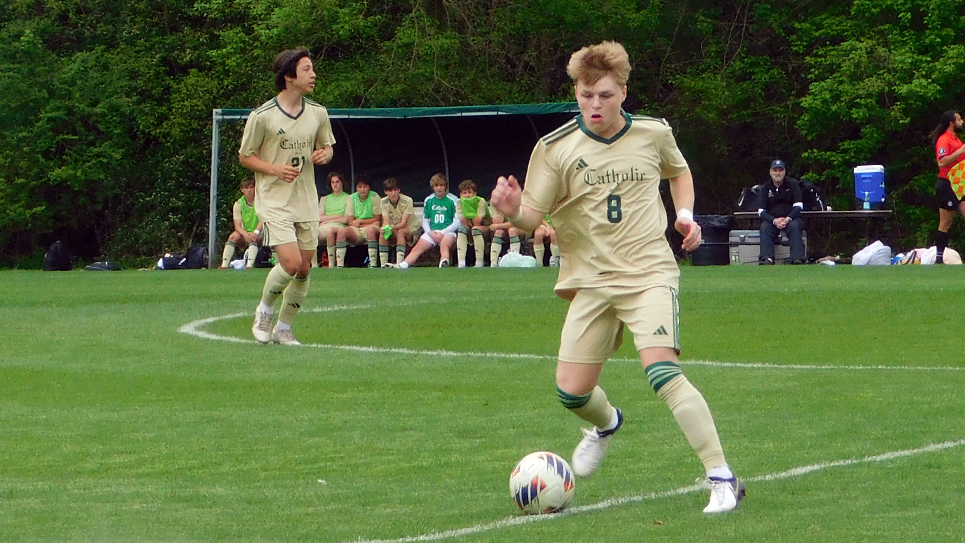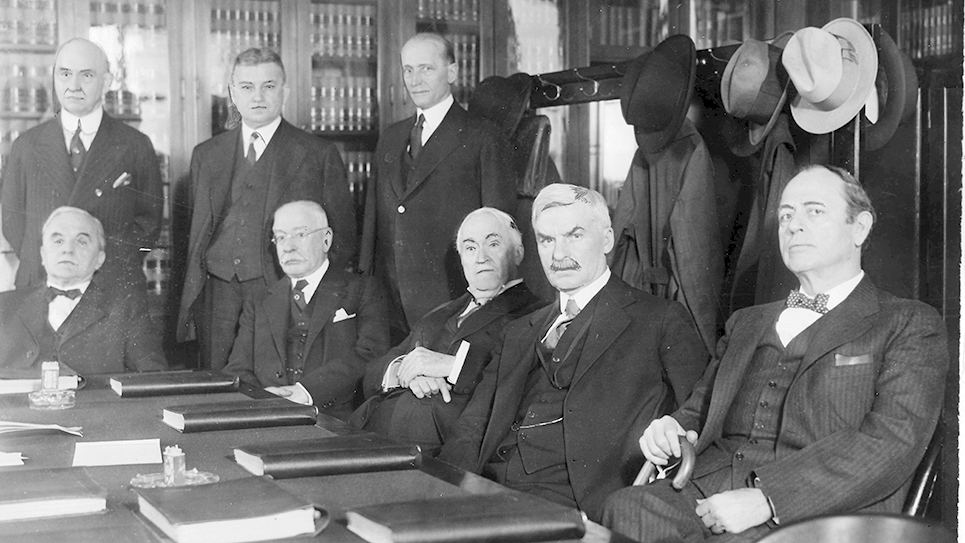Hamilton’s unfortunate legacy lives on at UT
By Richie Beeler
The University of Tennessee athletic department is approximately $200 million in debt with a cash reserve of $1.95 million, according to a report from CBS Sports released last week. That puts UT in the worst financial shape of any athletic department in the Southeastern Conference, and among the worst of any major program in the country.
On the surface, the reasons are not complicated. A series of “bad” coaching hires, four losing football seasons, and an NCAA probation rap for men’s basketball appear to be the main contributing factors to UT’s financial quagmire. Many lay the blame squarely at the feet of former Athletic Director Mike Hamilton. But while Hamilton certainly deserves some responsibility, the situation is not entirely his fault.
The main thing Mike Hamilton was guilty of is bad timing. Hamilton followed a Tennessee legend. Although a Florida alum, Doug Dickey presided over the two most prosperous periods in the modern era of Tennessee football. As head coach in the 1960s Dickey resurrected a once great program and took the Vols back to their place among college football’s elite. Among his other accomplishments, Dickey never lost a road game to Alabama.
After leaving UT to return to his alma mater, Dickey would later come back to Knoxville to serve as Tennessee Athletic Director, where he would preside over the most dominant era of football at UT since the days of General Neyland. Hamilton took over after Dickey’s retirement in 2003, and among other things sought to capitalize on the Vols’ gridiron success by proposing massive improvements and expansions to UT’s athletic facilities.
It was a bold vision. It made perfect sense. Why shouldn’t the program that had dominated the college football landscape for more than a decade have facilities that reflected that same excellence?
But as so often happens with the best laid plans of mice and men, unforeseen factors turned Hamilton’s dream into a nightmare. In 2005, UT suffered through its first losing football season in nearly 20 years, casting a shadow of uncertainty over the future of Hamilton’s closest ally, Coach Phillip Fulmer. Although the Vols recovered some during the next two seasons, even winning the SEC East in 2007, another losing campaign in 2008 cost Fulmer his job.
By the end of the 2008 season, Hamilton’s popularity was greater than Fulmer’s. He had only recently hired Bruce Pearl to revive a nearly irrelevant men’s basketball program. Pearl quickly became a fan favorite. And the AD had stood firm in the crucible and had done the unthinkable: fired a national championship football coach. Many fans applauded Hamilton’s boldness to make a change at the top of a program that had appeared to be sinking toward mediocrity.
And when he hired up and coming young coach Lane Kiffin and his all-star staff, people started believing Hamilton might be the knight in shining armor that would save Tennessee athletics from falling off its lofty perch. Then it all began to fall apart.
During the fateful 2008 football season, something else fateful occurred. The US housing and mortgage markets collapsed, sending the economy into a tailspin. Now, UT was faced with a double-edged sword. They were in the midst of a huge building project, but they were no longer winning championships. Donations and season ticket sales were already suffering. Now people simply didn’t have money to spare.
The exodus was substantial. Long time season ticket holders simply walked away from their seats. The flow of money slowed to a trickle. The 2009 football season brought hope, but it was short-lived as Lane Kiffin made an abrupt departure to take the head coaching job at USC. By the spring of 2009, all Hamilton had left in his corner was a hugely popular men’s basketball coach, and a program that was rising quickly.
But what goes up must come down. And sometimes it comes down in a crash. So went the Tennessee men’s basketball program in the summer of 2010. Bruce Pearl was caught lying to NCAA investigators about minor violations within the program. Although Hamilton and UT officials initially stood by their coach, the ensuing firestorm would lead to Pearl’s firing at the end of the 2011 season. Hamilton’s resignation followed just a few months later.
In the wake of the Mike Hamilton era, the University of Tennessee now boasts what are arguably the finest collegiate athletic facilities in the country. Meanwhile the condition of the football and basketball programs is quite possibly the worst in recent memory. And thus, UT is left with a $200 million bill to pay, with no easily foreseeable way to pay it. The job now falls to Athletic Director Dave Hart, and more specifically to his head coaches, Butch Jones and Cuonzo Martin.
Because in the world of big time college athletics, sometimes you gotta play before you can pay.






